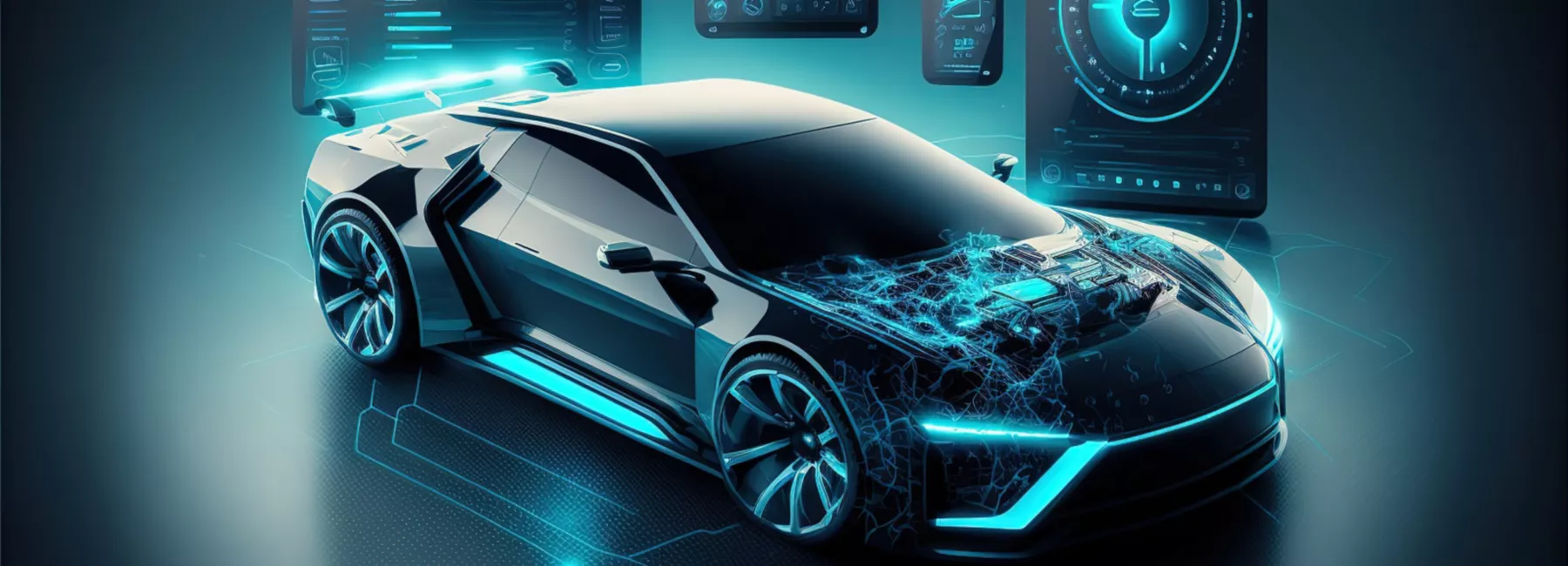The Evolution of Automotive Constant Velocity Joints in 2025: Enhancing Performance and Reliability
Constant velocity (CV) joints are essential components of automotive drivetrains, allowing for smooth power transfer from the engine to the...

Constant velocity (CV) joints are essential components of automotive drivetrains, allowing for smooth power transfer from the engine to the wheels while accommodating the up-and-down motion of the suspension. As we move into 2025, innovations in CV joint technology are enhancing vehicle performance, safety, and overall driving experience. This article explores the current state of automotive CV joints, their importance, and the advancements shaping their future.
The Role of Constant Velocity Joints
CV joints are crucial for maintaining consistent rotational speed and torque while allowing for angular movement. Key functions include:
- Power Transfer: CV joints transmit power from the transmission to the wheels, ensuring efficient vehicle movement.
- Accommodating Suspension Movement: They allow for the up-and-down motion of the suspension, which is essential for maintaining tire contact with the road.
- Reducing Vibration: CV joints help minimize vibrations and noise during operation, contributing to a smoother ride.
Types of Constant Velocity Joints
In 2025, several types of CV joints are commonly used in vehicles, each with its own advantages:
- Ball-Type CV Joints: Often used in front-wheel-drive vehicles, ball-type CV joints provide a wide range of motion and are compact, making them ideal for tight spaces.
- Tripod Joints: These joints are typically found in the rear axles of vehicles and allow for significant angular movement, accommodating larger suspension travel.
- Double-Cardan Joints: Used in vehicles with high suspension travel, double-Cardan joints provide flexibility and smooth power transfer, especially in off-road applications.
Innovations in CV Joint Technology
The automotive industry is witnessing significant advancements in CV joint technology in 2025, driven by the need for improved performance and reliability:
- Enhanced Materials: The use of advanced materials, such as high-strength alloys and composites, is improving the durability and longevity of CV joints, reducing the risk of failure.
- Improved Sealing Technologies: Innovations in sealing designs are preventing contamination from dirt and moisture, which can lead to premature wear and failure of CV joints.
- Noise, Vibration, and Harshness (NVH) Reduction: New designs and materials are being employed to minimize NVH, enhancing the overall driving experience and passenger comfort.
- Smart Sensors: The integration of sensors within CV joints is becoming more common, allowing for real-time monitoring of performance and wear. This data can be used for predictive maintenance, reducing the risk of unexpected failures.
Sustainability Initiatives
As the automotive industry focuses on sustainability, CV joint manufacturers are implementing eco-friendly practices:
- Recyclable Materials: The use of recyclable materials in the production of CV joints is becoming more prevalent, contributing to a circular economy.
- Energy Efficiency: Advanced design techniques are being employed to reduce friction and improve the efficiency of power transfer, leading to lower fuel consumption and emissions.
Challenges Facing the CV Joint Industry
Despite advancements, the CV joint industry faces several challenges:
- Cost Pressures: The rising costs of raw materials and manufacturing can impact the affordability of advanced CV joint technologies.
- Market Competition: The automotive parts market is highly competitive, requiring manufacturers to continuously innovate and improve their products to maintain market share.
- Consumer Awareness: Many consumers may not fully understand the importance of CV joints, leading to potential neglect in maintenance and replacement.
The Future of Constant Velocity Joints
Looking ahead, several trends are expected to shape the future of CV joints:
- Increased Electrification: As electric vehicles (EVs) become more prevalent, CV joint designs will need to adapt to the unique requirements of electric drivetrains, including higher torque and different mounting configurations.
- Integration with Advanced Driver Assistance Systems (ADAS): The incorporation of CV joints into vehicles equipped with ADAS will require further advancements in design and functionality to accommodate new driving dynamics.
- Customization Options: As manufacturers seek to differentiate their products, customizable CV joints tailored to specific vehicle models and performance needs may become more common.
In 2025, automotive constant velocity joints are at the forefront of innovation, enhancing vehicle performance, safety, and comfort. With advancements in materials, design, and technology, CV joints are becoming more reliable and efficient, playing a critical role in modern automotive engineering. As the industry continues to evolve, the focus on sustainability and integration with new vehicle technologies will ensure that CV joints remain essential components in the future of transportation.





